Roof Inspection 101: What to Expect During a Professional Roof Check
A professional roof inspection plays a crucial part in keeping up the structural integrity of both residential roofing and commercial roofing.
A professional roof inspection plays a crucial part in keeping up the structural integrity of both residential roofing and commercial roofing. Routine assessments help detect minor issues before they develop into costly repairs, extending the lifespan of the roofing system. A thorough inspection evaluates every aspect of the roof, from the shingles and flashing to the drainage system and interior structures. Understanding the process of a professional roof check provides valuable insight into the importance of routine maintenance.
Assessing The Overall Condition Of The Roof
A professional inspection begins with an evaluation of the roof’s general condition. The inspector examines the surface for visible signs of wear, including cracked, missing, or curling shingles on residential roofing. In commercial roofing, particular attention is given to flat surfaces, where pooling water and membrane deterioration are common concerns.
Signs of sagging or uneven areas indicate potential structural weakness. A roof that does not sit uniformly may have underlying issues, such as compromised decking or support beams. The inspector identifies areas of concern and determines whether immediate roof repair is necessary or if the damage is minor and can be monitored over time.
Examining The Roofing Materials And Components
Each roofing material requires specific maintenance to prevent premature deterioration. Asphalt shingles lose their protective granules over time, leaving them susceptible to UV damage. Metal roofing is inspected for rust, corrosion, and loose fasteners. Tile and slate roofs are checked for cracks or displaced pieces that could expose the underlayment to moisture.
Flashing around chimneys, skylights, and vents is examined for gaps or deterioration. Improperly sealed flashing is a common cause of leaks, allowing water to infiltrate the roofing system. Identifying and addressing these vulnerabilities helps prevent significant damage that may require extensive roof repair or even premature roof installation.
Inspecting The Gutter And Drainage System
An good drainage system is critical for protecting a roof from water damage. Clogged or damaged gutters lead to improper water flow, causing overflow that can seep beneath the roofing materials. A professional inspection includes checking gutters for debris, cracks, or misalignment that may impact water drainage.
Downspouts are assessed to confirm that water is being directed away from the foundation. Improper drainage increases the risk of leaks, mold growth, and structural deterioration. Flat commercial roofing systems often incorporate internal drains that require specialized inspection to detect blockages or damage.
Look For Signs Of Water Damage And Leaks
Water damage remains one of the most significant threats to any roofing system. Inspectors look for signs of leaks both externally and within the attic or ceiling areas. Stains on ceilings, mold growth, or damp insulation suggest that moisture has infiltrated the structure.
Residential roofing inspections often involve checking for signs of ice dam formation, which can cause significant water damage during winter months. Commercial roofing systems are assessed for ponding water, which accelerates wear on roofing membranes and increases the risk of leaks. Addressing water-related concerns early prevents costly repairs and protects the structural integrity of the roof.
Evaluating Ventilation And Insulation
Correct ventilation plays a critical role in regulating temperature and moisture levels within a roofing system. Poor ventilation contributes to heat buildup, leading to more energy expenses and potential damage to roofing materials. During an inspection, attic ventilation is assessed to confirm that airflow is sufficient to prevent moisture accumulation.
Inadequate insulation can result in temperature variations that weaken the roofing structure over time. Insulation is checked for gaps or deterioration that may compromise efficiency. Addressing ventilation and insulation concerns enhances roof longevity and improves overall energy efficiency.
Identifying Structural Weaknesses And Potential Hazards
A professional roof check includes an assessment of the structural components supporting the roofing system. The inspector examines beams, decking, and trusses for signs of damage or deterioration. Weakening in these areas compromises the roof’s ability to fight through heavy loads, such as snow accumulation or severe weather conditions.
Tree branches hanging too close to the roof are also identified as potential hazards. Overhanging limbs create a risk of physical damage during storms, while fallen leaves contribute to clogged gutters. Addressing these risks as part of routine maintenance reduces the likelihood of emergency roof repair.
Providing A Detailed Roof Report And Maintenance Recommendations
A comprehensive inspection concludes with a detailed report outlining any identified concerns and recommended maintenance steps. The findings help property owners make informed decisions regarding necessary repairs or preventative measures. Whether the inspection is for residential roofing or commercial roofing, professional recommendations contribute to long-term roof performance.
Investing in routine inspections reduces the likelihood of unexpected roofing failures and costly emergency repairs. Regular assessments identify potential issues before they escalate, protecting both the roof and the property beneath it. Working with experienced professionals in roof installation and roof repair provides confidence that the roofing system remains in optimal condition for years to come.
Irish Roofing Company provides Scottsdale with roof inspection, installation, sealing and repair. We offer shingle services, tile roof services, flat roof services, roof cleaning, roof inspection, roof installation, leak repair, roof recovering, roof repair, roof sealing, skylight installation and replacement, and wood shake services for commercial and residential customers.

